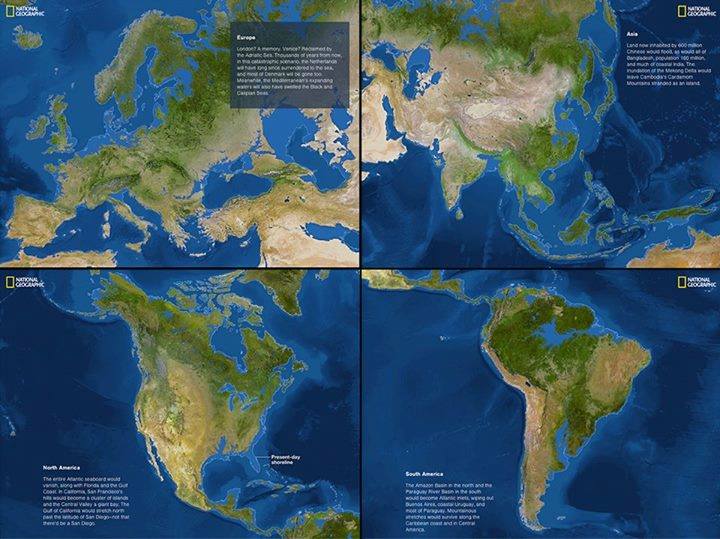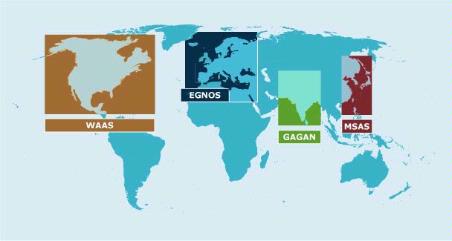
If all the Ice melted: National Geographic’s map on Rising Seas
What if all the ice melted in the world? Now whether you believe global warming happens because of human activities or naturally is another debate. The questions “How would the world look if ALL the ice melted?” What would be the extent of sea level rise due to rising seas? What would be the average temperature on Earth? are of interest to everyone.
Trust National Geographic not only to capture such questions in the best manner possible but also to visualize it in such geoawesome manner! Here’s the super interesting map by National Geographic “IF ALL THE ICE MELTED“!
216 feet overall! Yup, that’s the level by which the sea levels are predicted to increase if all the ice melted into the oceans. It simply does not look the same, does it? Looks like I might to have look for another place to call home, if the sea levels rose tomorrow. 13.0839° N, 80.2700° E would be swallowed by the seas.
How does your place hold up?
Did you like the article about rising seas? Read more and subscribe to our monthly newsletter!




